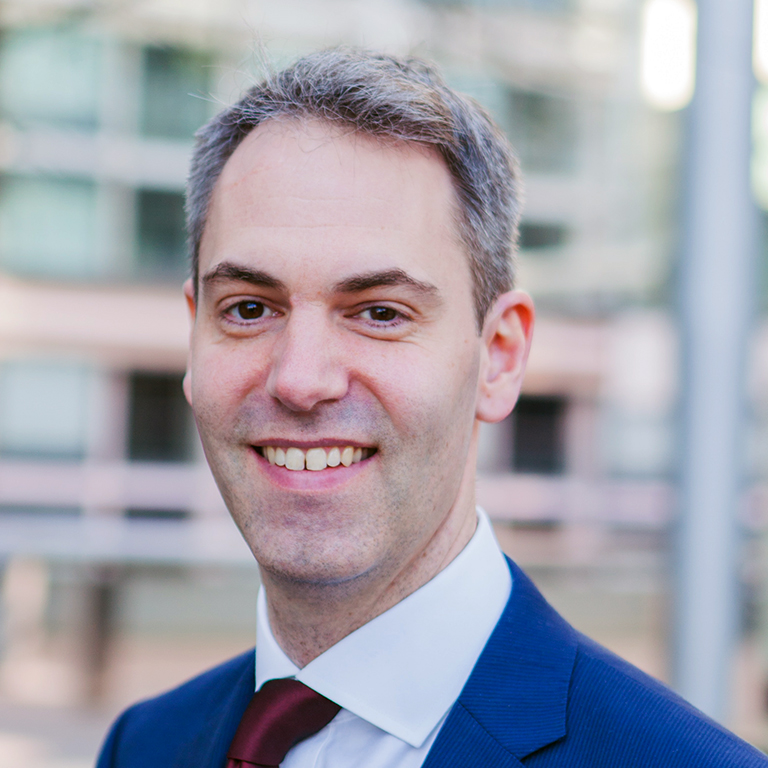
By Nick Faull ,
Head of Climate & Sustainability Risk, Marsh
11/04/2024 · 5 minute read
COP29, the annual UN conference on climate change, takes place in Baku next week against a backdrop of ever-increasing billion-dollar weather events and a hurricane season marked by storms intensifying more quickly with more rainfall than we have seen before.
Last year, in Dubai, COP28 saw progress on the first “Global Stocktake” – assessing how well the goals of the 2015 Paris Agreement are being met – along with renewed commitments on investment in renewables and improving energy efficiency.
The United Nations Framework convention on Climate Change (UNFCCC) has outlined 17 topics for COP29. Of these, there are several where the insurance sector will play a significant role. Below are four major themes where stakeholders will benefit from the insurance industry having a seat at the table.
Finance for the climate transition is the first priority theme, with the UNFCCC aiming to progress the New Collective Quantified Goal for decarbonizing the economy. Investment from the private sector will be crucial in meeting this goal.
Insurance, in turn, is needed to unlock private sector investment by managing the risks involved in projects that can support the drive for net zero, from hydrogen-based fuels to battery energy storage systems and beyond.
Marsh has worked with industry leaders to understand what risks concern them and developed a comprehensive risk landscape for the transition. With this, we can pinpoint concerns at each stage of a project’s lifecycle, from planning to construction, operations, and decommissioning.
In some cases, insurance already has solutions to manage risks. In others, it is not a viable approach. Our risk landscape assessment adds value by pinpointing areas in which insurance could help -- with this insight, all parties can collaborate with insurers to develop more creative and specialist product offerings and solutions.
Another priority theme for COP29 is improving the operation of voluntary carbon markets, under the framework of Article 6 of the Paris Agreement. Carbon markets can both incentivize and raise finance for initiatives to reduce greenhouse gas emissions.
However, voluntary carbon markets continue to be a source of controversy. Without rigorous standards and regulations, carbon credits are often seen more as a means of greenwashing than driving real change.
Again, there is potential for insurance to facilitate the operation of voluntary carbon markets by helping actors to manage risk. Companies may currently be reluctant to buy carbon credits due to risks such as a reversal of the carbon sequestered or the credits later being invalidated.
Until recently, insurance solutions for this challenge did not exist – but this is starting to change. As part of a broader push to improve the functioning of carbon credits, innovative insurance products could help to increase confidence in the voluntary carbon market.
Growing the Loss and Damage Fund, formally adopted at last year’s COP28, is to be progressed further at COP29. Intended to help developing countries to recover from the impacts of climate change, it still covers only a fraction of actual losses.
While loss and damage is fundamentally about transfers from wealthier to poorer nations, risk sharing approaches can maximize their impact. Initiatives such as the Global Shield, created jointly by the Group of Seven (G7) and Vulnerable Twenty (V20) countries, are seeking to use risk finance, such as insurance, to provide greater financial protection and more reliable disaster preparedness and responses in the face of a changing climate. Examples where insurance mechanisms can be used to compensate for loss include parametric insurance or microinsurance, such as that provided by Blue Marble’s collaboration with the Self Employed Women’s Association (SEWA), as well as sovereign risk pools, such as African Risk Capacity or CCRIF.
Finally, adaptation is one of the main pillars of the UNFCCC. The focus at COP29 will be how best to close the adaptation gap, calling attention to the need for innovative funding mechanisms and implementation of adaptation action – including the involvement of the private sector alongside governments and international bodies.
Resilience and adaptation is a major focus area for Marsh. Earlier this year we launched our Corporate Climate Adaptation Survey, to shed light on how private sector organizations are thinking about risk management with future changes to the climate in mind.
The results help understand challenges in unlocking funds for investment in adaptation. A first step is getting companies to think in terms of investment – our survey shows that a significant minority, 43%, see adaptation not as an investment in the future but simply as a cost.
Many respondents talked about how difficult they find it to identify and assess risks in a way that enables them to make a concrete cost-benefit analysis of the value in investing now to mitigate issues that may still take years to eventuate.
Our experience also shows that different stakeholders – from industry to insurers to governments – have a different language for discussing climate adaptation. Marsh developed the climate adaptation framework as a step towards guiding discussions.
At COP29, I’ll be participating in a World Climate Foundation Fireside Chat on “Funding Resilience – Unlocking Financial Potential for Climate Adaptation”. The session will explore the most effective mechanisms for unlocking the finance needed to support adaptation to climate risks.
Those risks are manifold and constantly increasing – from floods, such as those brought by hurricanes to the Southern US in 2024, to the threats posed by water scarcity to global maritime trade and vulnerable countries such as Azerbaijan, the host of COP29.
It is becoming possible, through parametric insurance, to mitigate risks such as too much or too little rain – an example of how the insurance industry is playing its role in responding to the changing climate. We need to see even more innovation, and more urgency, as we grapple with the climate crisis. The stakes could not be higher.